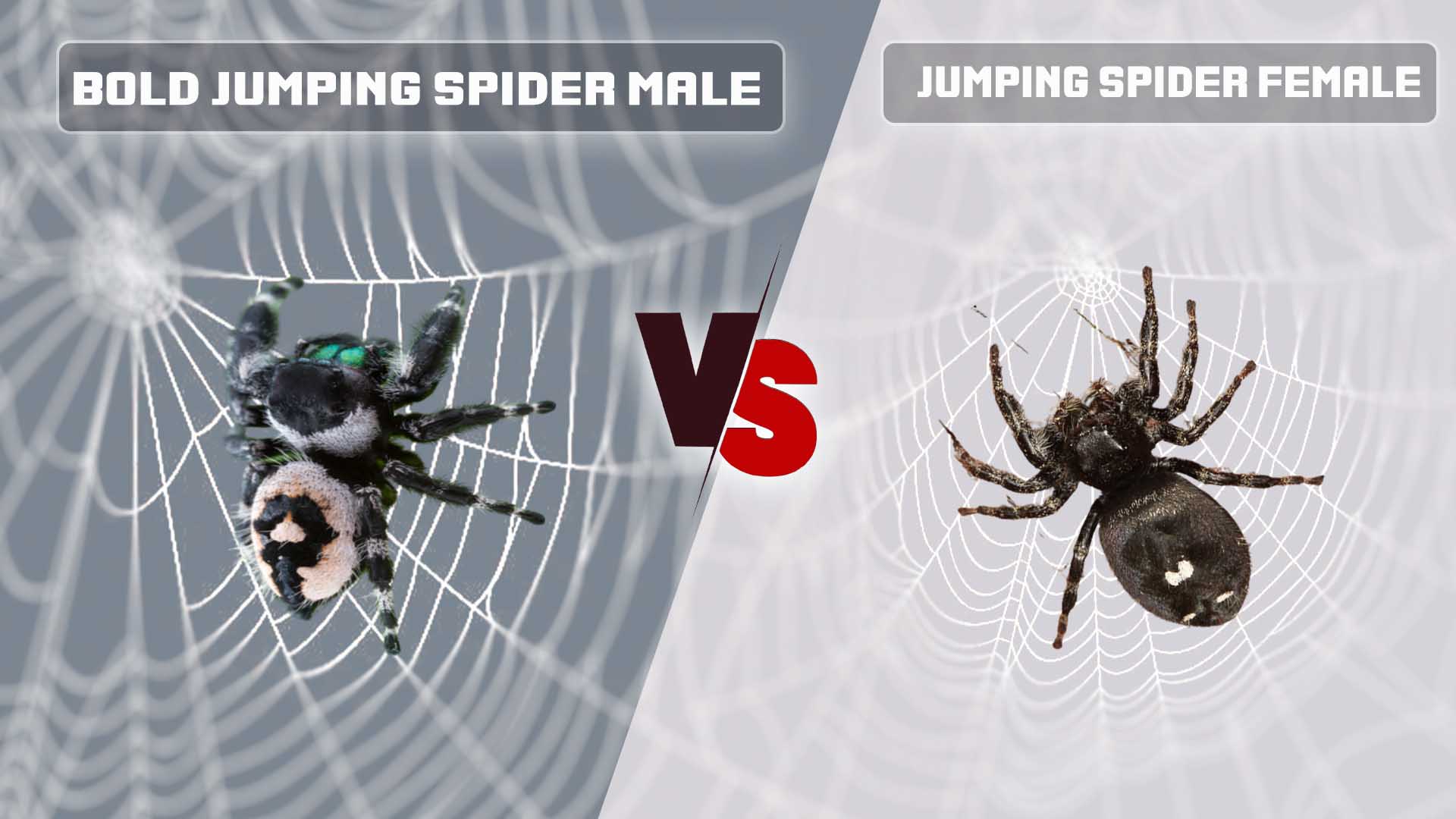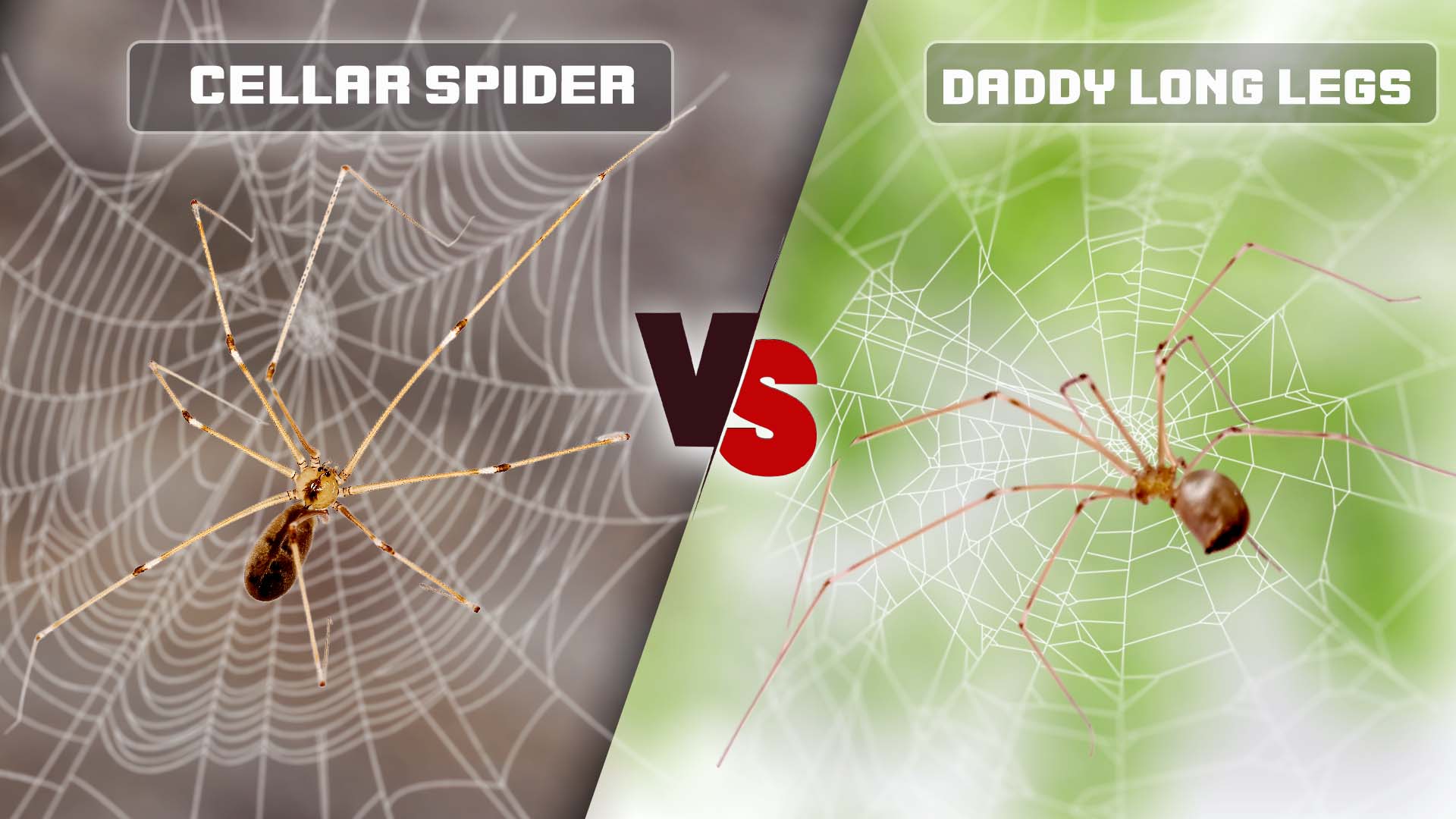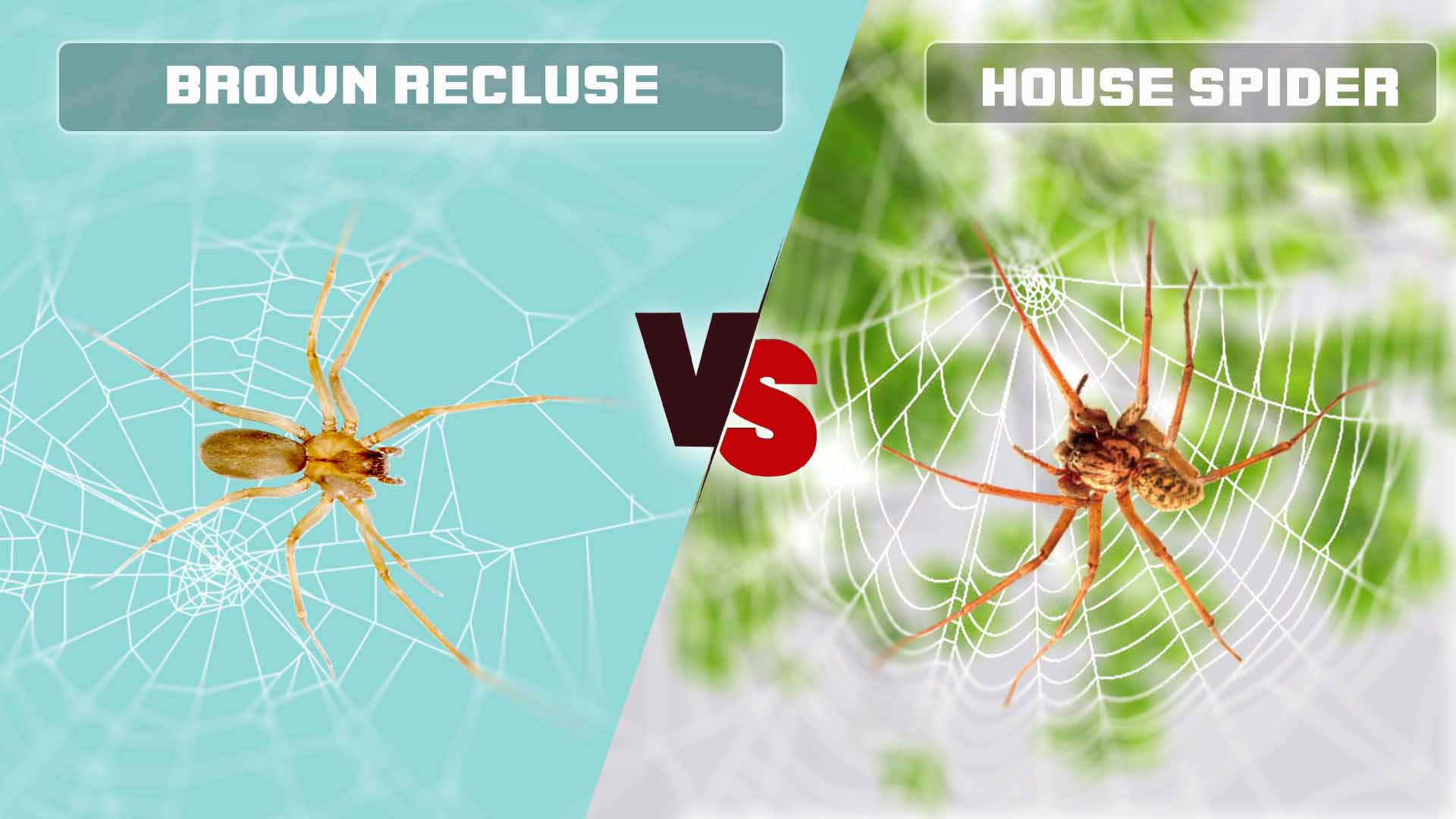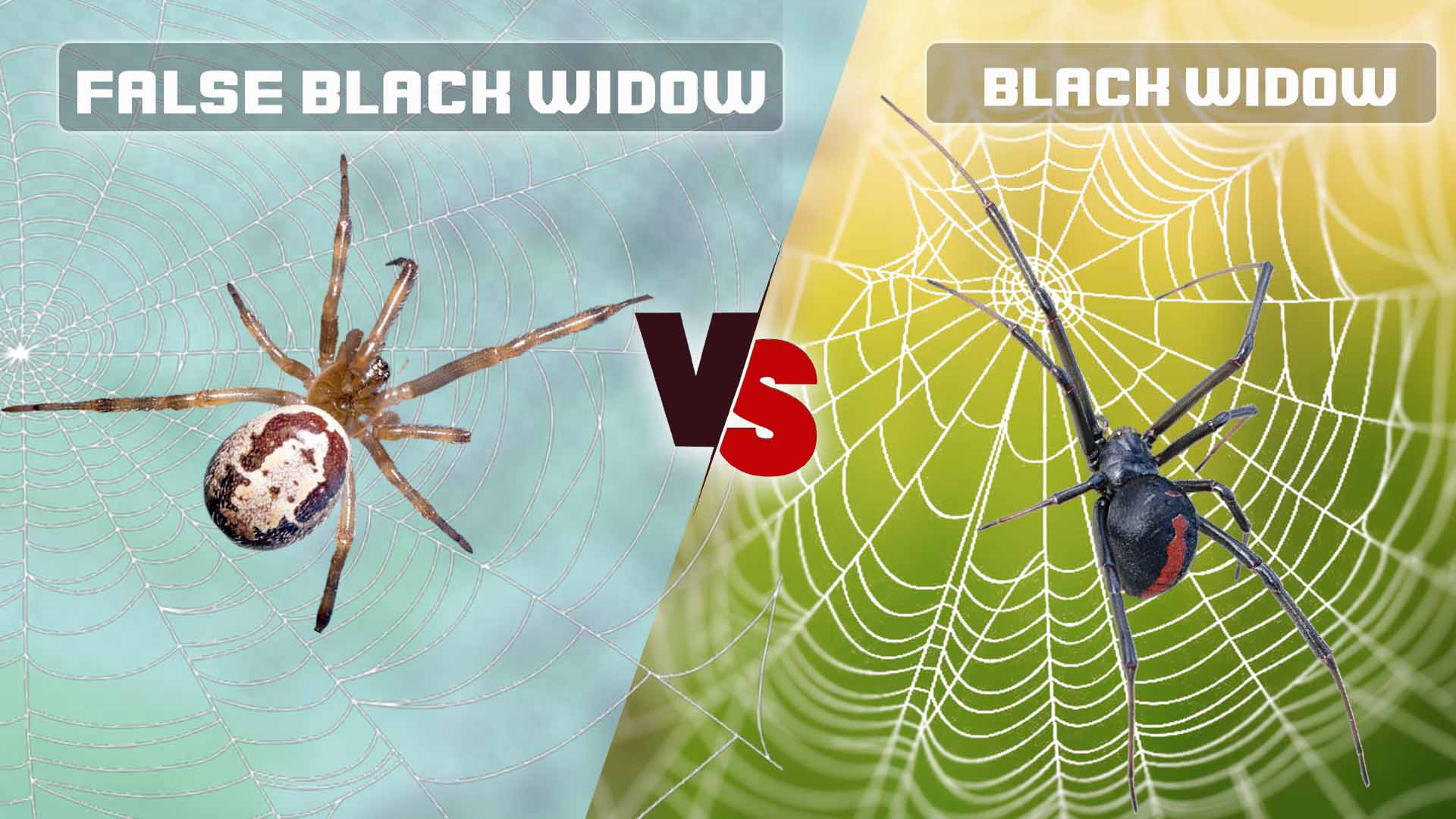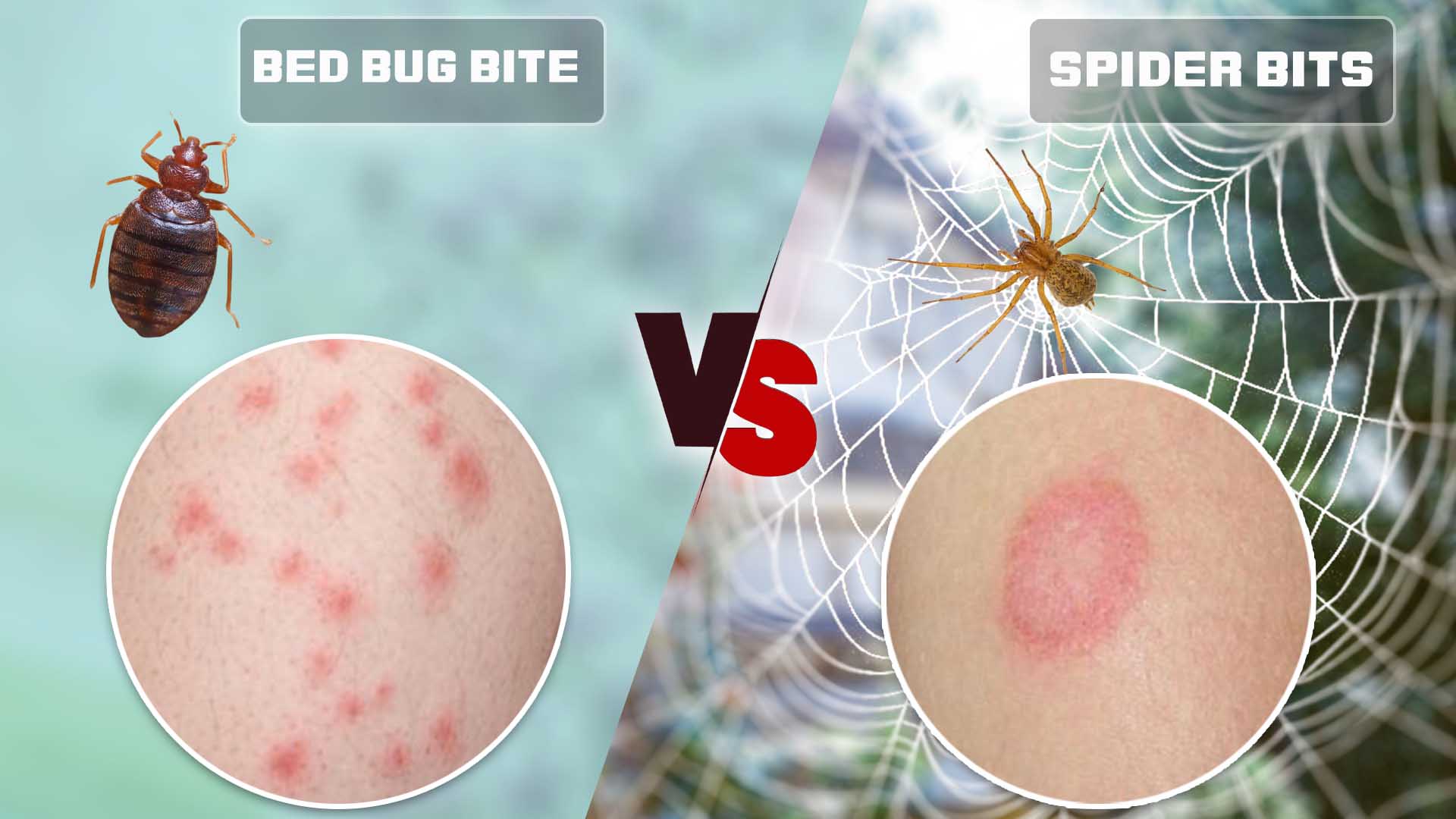Spiders, with their diverse species and unique characteristics, have always been a subject of fascination and intrigue. One such spider that has piqued the interest of arachnid enthusiasts is the Bold Jumping Spider (Phidippus audax). These small, agile, and charismatic creatures exhibit remarkable differences between males and females, both in terms of physical attributes and behavior.
Here we will explore the contrasting features of Bold Jumping Spider males and females, shedding light on their size, coloration, abdomen shape, leg length, web-building habits, behavior, lifespan, and how to identify each gender. So, let’s jump right into the world of these arachnid acrobats.
Comparing Male vs Female Black Widow Spider
Male and female Black Widow Spiders (Latrodectus spp.) exhibit significant differences. Females are larger and possess the iconic red hourglass marking on their abdomen, which is absent in males. Males are smaller and less conspicuous, with a body shape designed for agility rather than egg-carrying. Their primary role is mating, often at the risk of being consumed by the female afterward. These gender disparities reflect their distinct reproductive roles and behaviors within this notorious arachnid species.
Differences Between Bold Jumping Spider Male and Female
Here is a table summarizing the key differences between Bold Jumping Spider (Phidippus audax) males and females:
| Characteristic | Bold Jumping Spider Male | Bold Jumping Spider Female |
| Size | Smaller (6-9 mm) | Larger (8-13 mm) |
| Coloration | Subdued and less colorful markings | Bold and vibrant markings |
| Abdomen Shape | Smaller and more slender abdomen | Larger and more rounded abdomen |
| Leg Length | Longer front legs compared to hind | Relatively equal leg lengths |
| Web Building | Similar silk retreats for shelter | Similar silk retreats for shelter |
| Behavior | Elaborate courtship rituals, wandering | Maternal instincts, territorial |
| Lifespan | Shorter lifespan | Longer lifespan |
These differences highlight the various roles and adaptations of male and female Bold Jumping Spiders in their natural behaviors and reproductive strategies.
Bold Jumping Spider Male Vs Female: Size
One of the most apparent distinctions between male and female Bold Jumping Spiders is their size. These differences in size can be easily observed by anyone with an interest in technology. Generally, female Bold Jumping Spiders tend to be larger and more robust in comparison to their male counterparts.
Female Size:
Female Bold Jumping Spiders are the larger of the two genders. Their size typically ranges from 8 to 13 millimeters in length. Their larger physique serves a crucial purpose in their reproductive process. Female spiders must carry and protect their eggs until they hatch, which requires more space and resources. Therefore, their bodies are designed to accommodate the developing egg sac, resulting in a larger size.
Male Size:
In contrast, male Bold Jumping Spiders are noticeably smaller. On average, they measure between 6 to 9 millimeters in length. Their diminutive size is primarily due to their distinct reproductive role, which does not involve the same level of investment in egg-carrying as females. Male spiders focus more on courtship and mating activities, which do not necessitate a larger body size.
Bold Jumping Spider Male Vs Female: Coloration
Females:
- Bold and Striking: Female Bold Jumping Spiders often exhibit bold and striking color patterns. They are known for their glossy black bodies adorned with vibrant and contrasting markings. These markings typically consist of white, yellow, or orange spots or bands.
- Size-Dependent Variations: The specific coloration patterns can vary among female individuals, with some having more extensive markings than others. Generally, larger females tend to have more prominent and colorful patterns, which may serve as signals for potential mates or rivals.
- Cephalothorax and Abdomen: The bold markings are often concentrated on the cephalothorax (the front part of the body) and extend onto the abdomen. The abdominal pattern can vary from an intricate design to a more simplified arrangement.
Males:
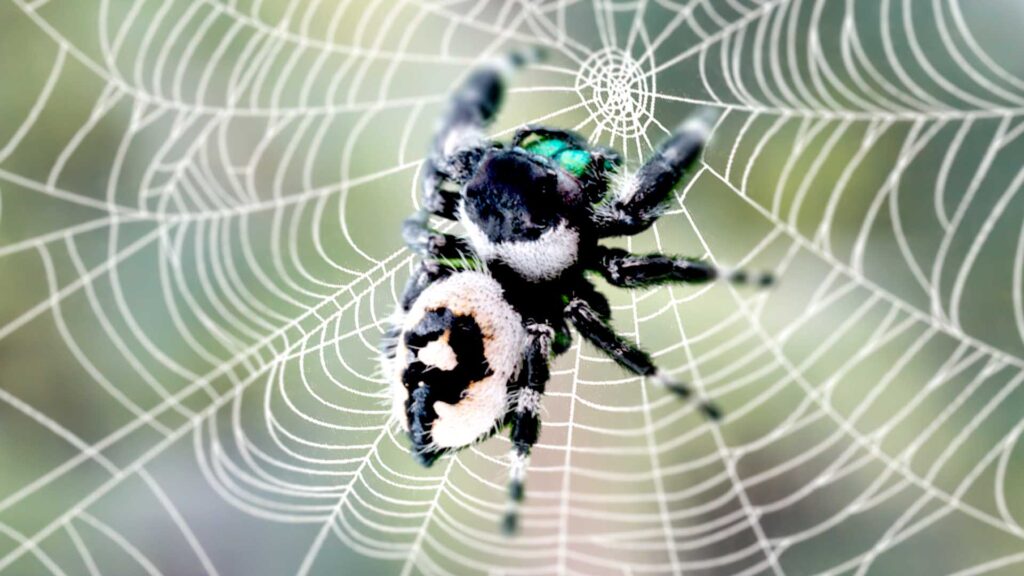
- Subdued Appearance: In contrast to females, male Bold Jumping Spiders tend to have a more subdued appearance. Their coloration is typically less vibrant and conspicuous.
- Dark and Less Ornamented: Males are predominantly dark, often with shades of black, brown, or gray. While they may have subtle markings, these markings are generally less elaborate and colorful compared to females.
- Purpose of Subdued Coloration: The subdued coloration of male Bold Jumping Spiders may serve multiple purposes. It could help them blend into their environment better, making it easier to approach females during courtship without being perceived as threats. Additionally, it might reflect the allocation of their energy and resources toward other aspects of their reproductive strategy, such as agility and courtship displays.
Bold Jumping Spider Male Vs Female: Abdomen Shape
Bold Jumping Spider (Phidippus audax) males and females differ in abdomen shape. Females have a larger, more rounded abdomen, which is adapted to carry and protect the egg sac during reproduction. In contrast, males have a smaller and more slender abdomen. This sexual dimorphism in abdomen shape is a result of their distinct reproductive roles, with females investing more in reproduction and requiring a larger abdominal space, while males prioritize agility and courtship behaviors, which do not necessitate a large abdomen.
Bold Jumping Spider Male Vs Female: Leg Length
Leg length is another noticeable difference between male and female Bold Jumping Spiders (Phidippus audax).
Females: Female Bold Jumping Spiders generally have legs of relatively equal length, with no significant disparities between the front and hind legs. Their legs are well-suited for jumping and agile movements, essential for hunting and evading predators.
Males: In contrast, male Bold Jumping Spiders often exhibit a striking feature – notably longer front legs compared to their hind legs. This leg length discrepancy is a distinctive characteristic of many jumping spider species. These elongated front legs are crucial for their courtship displays. Male Bold Jumping Spiders use these longer front legs to perform intricate dances and visual signals to attract and court females, making them a fascinating subject of study in arachnid behavior and communication.
Bold Jumping Spider Male Vs Female: Web Building
Bold Jumping Spiders, known for their agility, are primarily active hunters and do not construct traditional orb webs like many other spider species. Both males and females engage in similar web-building behaviors, which involve the creation of silk retreats or shelters. These retreats serve as resting and mating locations. While the specific details of web construction are largely consistent between the genders, they may adapt the retreats for various purposes, including egg-laying, molting, and protection from predators and adverse weather conditions.
Bold Jumping Spider Male Vs Female: Behavior
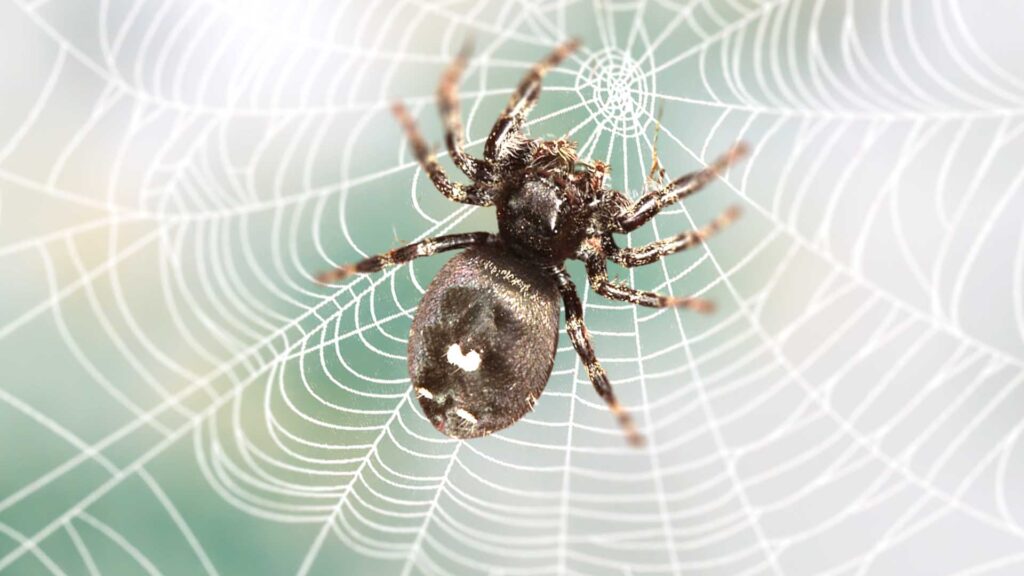
Bold Jumping Spider males and females exhibit distinctive behaviors. Females display maternal instincts, guarding their egg sacs and spiderlings upon hatching, and can be territorial, defending their retreats. In contrast, males are known for their elaborate courtship rituals, employing visual signals, vibrations, and leg movements to court females.
They often engage in wandering behavior, actively seeking potential mates and occasionally participating in territorial disputes. These behavioral differences align with their respective roles in reproduction, with females prioritizing the protection and care of offspring, while males focus on attracting and mating with females. The same differences between Southern House Spider Male and Female
Bold Jumping Spider Male Vs. Female: Lifespan
Female Bold Jumping Spiders typically live longer than their male counterparts. This difference in lifespan is primarily attributed to their distinct roles in reproduction. Females invest more time and energy in guarding and caring for their offspring, leading to an extended lifespan. In contrast, males focus on mating and have a relatively shorter lifespan once their reproductive responsibilities are fulfilled.
How to Identify Bold Jumping Spider Male And Female
Here’s a guide to identifying Bold Jumping Spider males and females:
Step 1: Observe Size
- Females are generally larger (8-13mm), while males are smaller (6-9mm).
Step 2: Check Coloration
- Females have bolder, colorful markings on a black background.
- Males have less vibrant and more subdued markings.
Step 3: Examine Abdomen
- Females have a larger, rounded abdomen.
- Males have a smaller, more slender abdomen.
Step 4: Look at Leg Length
- Males have notably longer front legs compared to their hind legs.
Step 5: Consider Behavior
- Females may exhibit maternal behaviors and territoriality.
- Males are often active in seeking mates and displaying courtship behaviors.
Step 6: Review Habitat
- Males are more likely to be found wandering, while females stay near retreats.
Step 7: Use Reference Images
- Compare with reference images online or in field guides.
Step 8: Seek Expert Help
- If unsure, consult an arachnologist or expert for accurate identification.
Remember that individual variations exist, so use multiple characteristics for a more accurate identification.
FAQs
How can you tell if a bold jumping spider is male or female?
You can generally distinguish between male and female Bold Jumping Spiders by observing several key characteristics, including size, coloration, abdomen shape, leg length, behavior, and habitat.
What does a female bold jumping spider look like?
Female Bold Jumping Spiders are larger (8-13 mm) with bold and vibrant markings on a glossy black background. They have a more rounded abdomen, which can become larger when carrying an egg sac. They exhibit maternal behaviors and may be territorial.
What does a male bold jumping spider look like?
Male Bold Jumping Spiders are smaller (6-9 mm) with subdued and less colorful markings. They have relatively longer front legs compared to their hind legs. Males are known for their elaborate courtship displays and may be seen actively searching for females.
How big are female bold jumper spiders?
Female Bold Jumping Spiders typically range in size from 8 to 13 millimeters, making them larger and more robust compared to their male counterparts.

